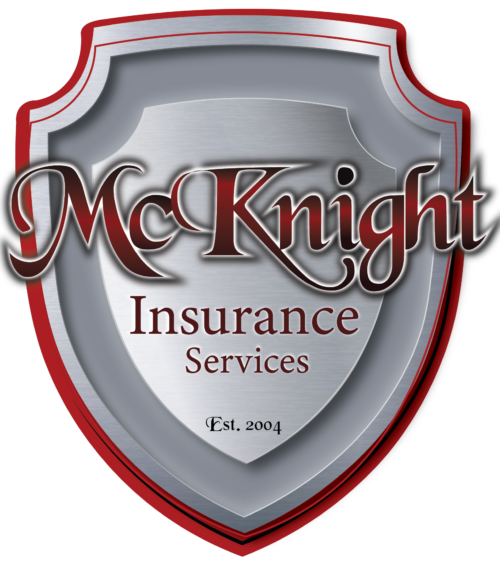August 19, 2025
Electrical and Drowning Hazards Around Pool Pumps
A safety-focused guide for pool contractors: prevent electrical shocks and drowning incidents during pump installation and maintenance. Includes talking points for your next crew huddle.
When working around pools, your crew is dealing with two of the deadliest hazards in construction: water and electricity. One wrong move near a live wire or an unsecured drain system can cause fatal injuries — not just to your techs, but to homeowners, pets, or bystanders.
At McKnight Insurance, we review a lot of pool contractor claims — and too many could’ve been prevented with a 10-minute safety talk.
This article is written as a Toolbox Talk you can read aloud with your team before heading out on jobs. It’s also a smart resource for training new hires or reducing liability exposure on service routes and installs.
Why This Matters
- Electrocution is a top cause of workplace death in construction and service industries.
- Improper bonding or grounding during pump installs can energize metal surfaces in and around a pool.
- Drowning risks can occur during testing, cleanout, or if suction equipment isn’t properly deactivated.
Whether you’re installing, replacing, or servicing pool pumps, a few preventative steps can keep your crew safe — and your company out of court.
Electrical Hazard Talking Points
- Always shut off power at the breaker.
Never assume the disconnect box is the only cutoff. Tag out and verify voltage with a tester. - Inspect cords and connections.
Frayed wires, exposed copper, or broken conduit are a no-go. Replace before use — not after someone gets shocked. - Check bonding and grounding.
The motor, pump, and all nearby metal components must be properly bonded. If the bonding wire is missing, corroded, or loose, stop the job and fix it. - Don’t work in standing water.
Dry ground isn’t just a preference — it’s a requirement when working around live equipment. - Use GFCI protection.
Ground Fault Circuit Interrupters trip quickly to prevent lethal shocks. Make sure they’re in place and functional before testing or running equipment.
Drowning Hazard Talking Points
- Always have a second person present when draining or testing.
Working alone near water is dangerous — especially if you’re tired or handling heavy gear. - Ensure drain covers are secure and compliant.
Loose or missing covers can create dangerous suction zones. Replace with VGB-compliant covers if needed. - Test shut-off valves and control panels.
Before entering a pool area or making adjustments, ensure your team can quickly shut down suction or flow if something goes wrong. - Don’t leave pool pumps running unattended during repair.
Unexpected surges or power failures can cause hoses to burst, vacuum to lock on, or water levels to drop quickly.
Equipment and Training Recommendations
- Use lockout/tagout kits for all electrical panels
- Provide insulated gloves and GFCI testers
- Train techs to perform a pre-work job hazard assessment
- Require non-slip footwear on all job sites
- Use a standardized daily safety checklist for all pump-related work
Why This Matters to Your Insurance (and Your Bottom Line)
Insurance doesn’t just respond when something goes wrong — it also rewards safe operations.
When you implement and document toolbox talks like this one, it can help:
- Lower your workers comp premiums
- Reduce the likelihood of liability claims
- Strengthen your risk profile with underwriters
- Protect your company in legal disputes
At McKnight Insurance, we’ve seen how strong safety practices and consistent documentation can help contractors earn better pricing, smoother renewals, and more favorable consideration from carriers.
Don’t just carry insurance. Show you’re actively managing risk.
Want to Protect Your Business and Crew?
We work with pool contractors across Texas to structure smart insurance programs that reward safety, reduce gaps, and respond fast when it matters.
Call McKnight Insurance today for a review of your current policy.
Or send this Toolbox Talk to your crew and start making jobsite safety part of your culture.

Author | Sembree Yeary
Start here: Protect what matters most with customized insurance solutions
Submit your contact info and one of our Agents will reach out shortly!






